It can be scary to wonder how much the media actually affects our views of news topics. When we pick up newspapers in the morning, we are putting ourselves at the mercy of the editors. Unlike other media forms, the newspaper has only one front-page with a limited amount of space. The newspaper decides every day what the most important headlines are, and place them in front to be seen instantly.

Does this mean that a breach of airport security on the front-page is more likely to receive an emotional response than one on the back? Absolutely. Newspapers have the valuable power to decide what is important. Coverage of terrorism since the 9/11 attacks has been a striking example. Gloomy headlines dominated the 2000’s while America struggled to cope with the new War on Terror. It almost seems as if the word terrorism warrants a story automatic front-page status.

Despite the proven fact that we live in arguably the most peaceful time in human’s existence, one would rarely know it with the blitz of media coverage. Death and violence are given a priority in news coverage, which results in the overload. Terrorism fits this category like few others can, and thus, makes it to the front for all to see. Unfortunately, there isn’t really a quick solution for this skewed perception. After all, it would be unfair to downplay the suffering of victims in acts of terrorism. Perhaps, one can conclude that this will be one negative consequence of improved news coverage worldwide.
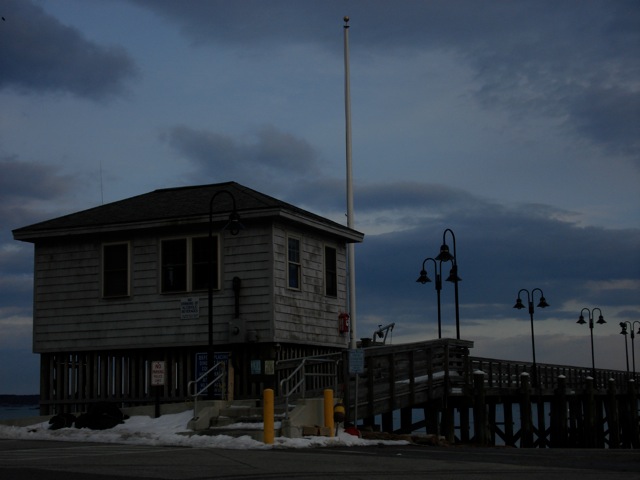

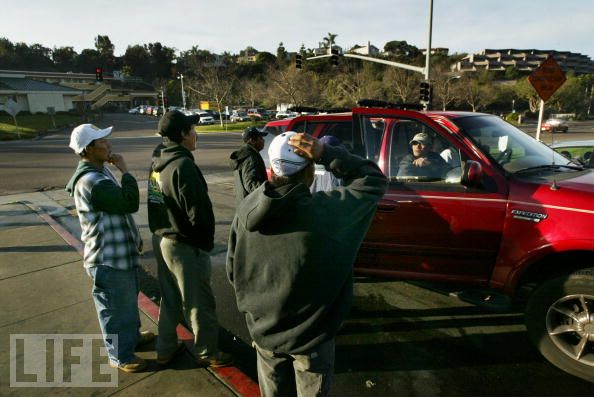
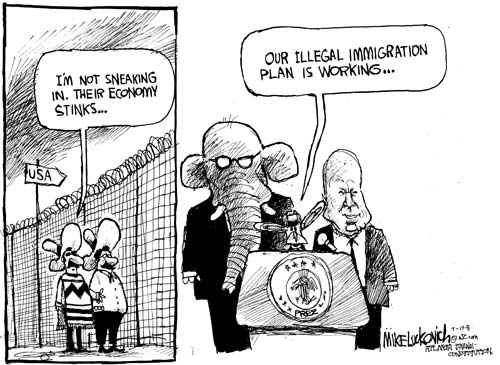


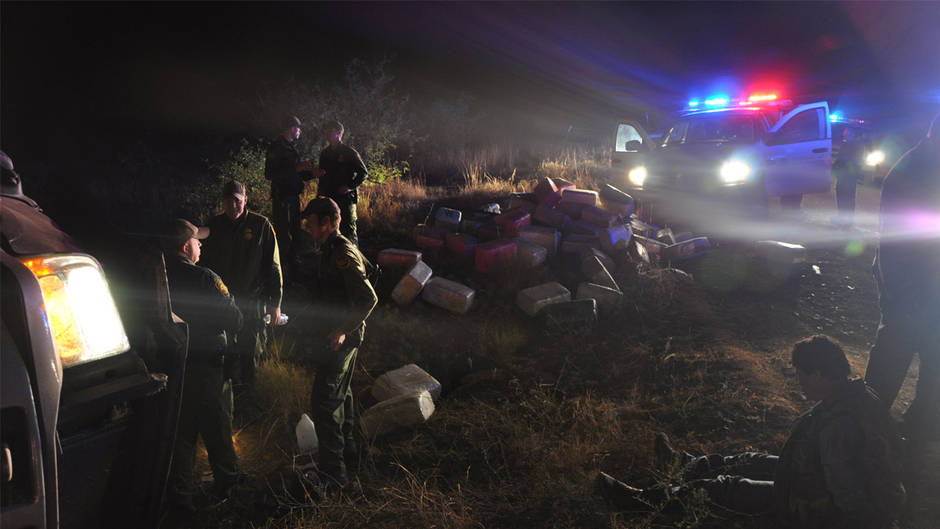
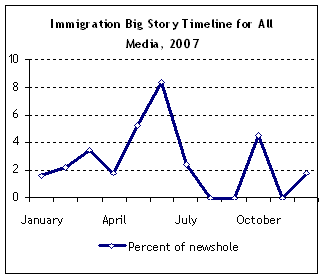

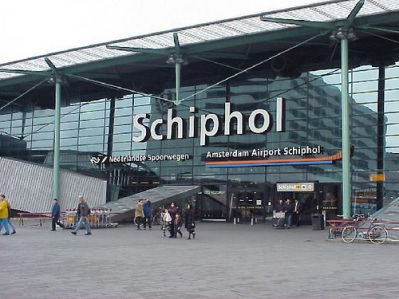 Issues with airport security have gotten a ton of press in recent years. On television, each attempted terrorist attack obviously gets intense coverage which, in turn, keeps airports on their toes. For example, Schiphol Airport from which the Christmas day terrorist passed through got a wake up call to tighten their safety measures when they saw a report on television specifically directed at their inspection of liquids at security check points. An undercover operation was exercised where liquids planted by the reporters again passed through security even days after the Christmas day attack. When this story aired on television the Dutch airport made sure to strictly enforce security inspections to avoid gaining a worse reputation. This television report was very informative and helped improve airline safety—technically on an international level.
Issues with airport security have gotten a ton of press in recent years. On television, each attempted terrorist attack obviously gets intense coverage which, in turn, keeps airports on their toes. For example, Schiphol Airport from which the Christmas day terrorist passed through got a wake up call to tighten their safety measures when they saw a report on television specifically directed at their inspection of liquids at security check points. An undercover operation was exercised where liquids planted by the reporters again passed through security even days after the Christmas day attack. When this story aired on television the Dutch airport made sure to strictly enforce security inspections to avoid gaining a worse reputation. This television report was very informative and helped improve airline safety—technically on an international level.